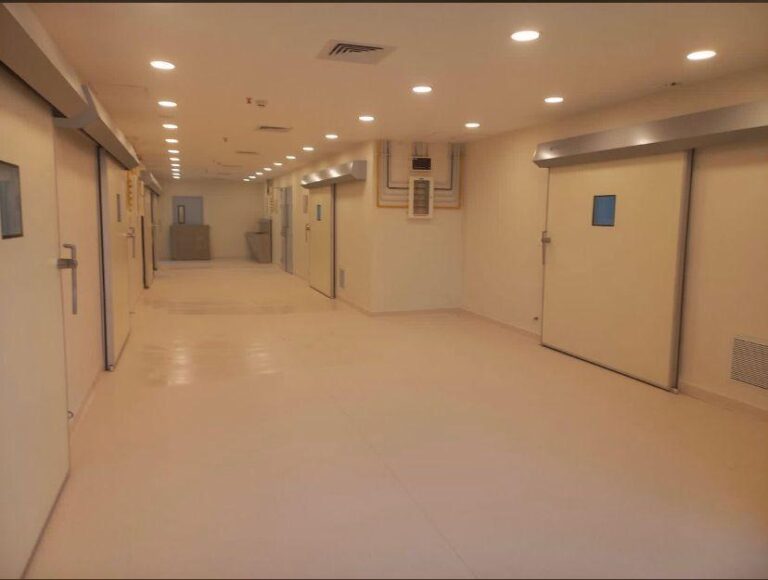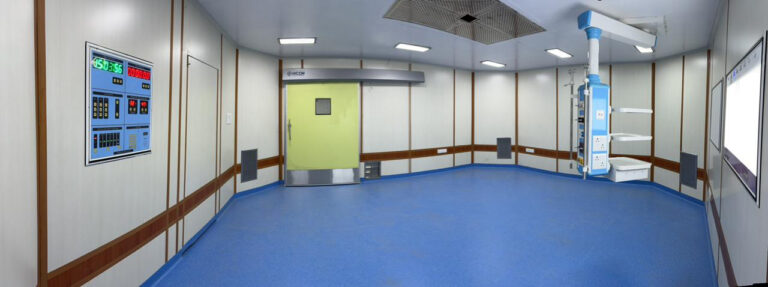Infection control is a critical aspect of hospital safety, and one of the most effective ways to minimize contamination is by improving hospital infrastructure. Medical sliding doors play a vital role in maintaining a hygienic environment by reducing the spread of bacteria and viruses. Designed specifically for healthcare facilities, these doors offer seamless functionality while enhancing hygiene, accessibility, and overall patient safety.
The Role of Medical Sliding Doors in Infection Control
Hospitals are high-risk environments where infections can spread rapidly. Traditional hinged doors often require physical contact to open, increasing the chances of cross-contamination. Medical sliding doors, however, operate with automated mechanisms, eliminating the need for frequent hand contact. This hands-free functionality significantly reduces the transmission of harmful pathogens.
Here are some key ways in which medical sliding doors improve infection control in hospitals:
1. Touchless Operation Reduces Cross-Contamination
One of the primary advantages of medical sliding doors is their automatic, touchless operation. In high-traffic areas such as operating rooms, ICUs, and isolation wards, reducing physical contact with door surfaces is crucial. Automated sliding doors use motion sensors or push-button access, allowing medical staff, patients, and visitors to enter and exit without touching handles or panels, thereby minimizing the spread of infections.
2. Sealed and Hygienic Design
Medical sliding doors are designed with hermetic sealing, ensuring a tight closure that prevents contaminants from passing through gaps. These doors often feature smooth, non-porous surfaces that are easy to clean and disinfect. Unlike traditional doors that may have crevices where dust and germs can accumulate, sliding doors are designed to maintain a sterile environment, making them ideal for operating theatres and laboratories.
3. Enhancing Airflow Control
Proper airflow management is essential in infection control, especially in hospitals with airborne infection risks. Medical sliding doors contribute to maintaining controlled air pressure within different hospital zones. In isolation rooms, for example, these doors help maintain negative air pressure, preventing contaminated air from spreading to other areas. This controlled environment is crucial for preventing hospital-acquired infections (HAIs).
4. Improved Accessibility for Healthcare Workers
In a fast-paced hospital environment, medical personnel need quick and efficient access to different rooms without compromising hygiene. Medical sliding doors ensure smooth and silent operation, allowing easy movement of hospital staff, stretchers, and wheelchairs. The hands-free mechanism is particularly beneficial for surgeons, nurses, and paramedics who need to move swiftly while maintaining sterility.
5. Integration with Infection Control Systems
Modern medical sliding doors can be integrated with hospital infection control systems. Features such as antimicrobial coatings, UV-C disinfection, and air-tight sealing further enhance their role in maintaining a contamination-free space. Some doors are also equipped with smart sensors that detect unauthorized entry, ensuring that restricted areas remain secure.
6. Reducing Maintenance and Cleaning Efforts
Since medical sliding doors minimize direct hand contact, they require less frequent cleaning than traditional doors. The materials used in these doors, such as stainless steel or high-quality antimicrobial coatings, prevent bacterial growth and ensure long-lasting durability. Hospitals can save both time and resources on maintenance, allowing staff to focus on patient care.
Conclusion
Hospitals must implement stringent infection control measures to protect patients and healthcare professionals from harmful pathogens. Medical sliding doors offer a practical and effective solution by reducing physical contact, improving air pressure control, and maintaining a sterile environment. Their touchless operation, seamless design, and advanced sealing mechanisms make them an essential part of modern healthcare infrastructure.
For hospitals looking to enhance hygiene and infection control, investing in high-quality medical sliding doors from reliable suppliers is a step toward a safer, more efficient healthcare facility.


